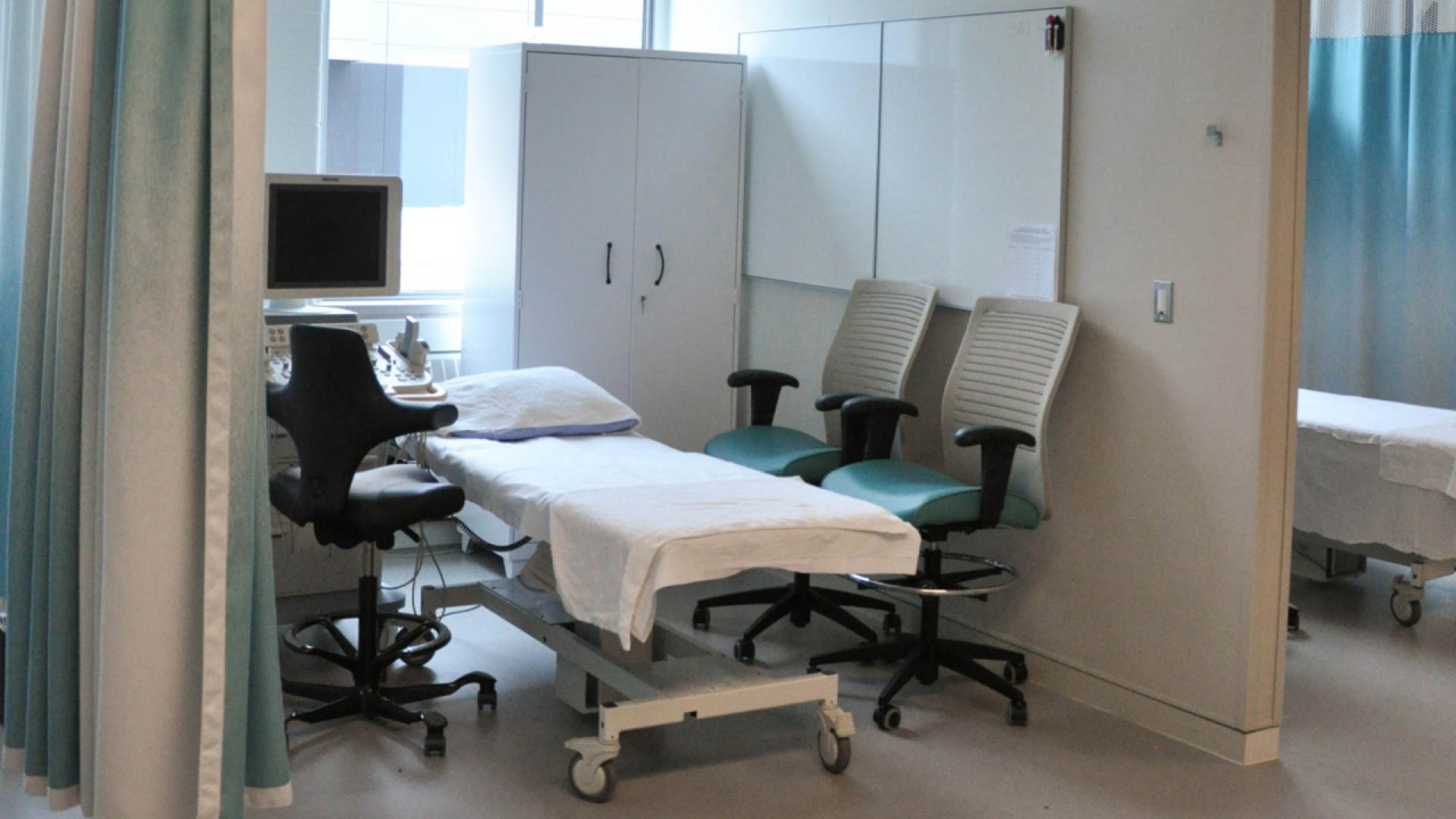
Emergency healthcare is one of those areas that need all the tools they can get. One of these tools is a certified emergency department physician. These people are able to use an ultrasound to see what many issues are to quickly start taking care of them. While most people believe these are just tools for the OB to use to see the baby, this is yet another tool in the belt of the first line in the healthcare for many people. The biggest concern, though, is that the person needs to prove they know what they are doing. That is where the classes and certification come in.
Ultrasound Uses
An ultrasound is when sound is used to see the inside of the body without the use of radiation. While it may not be as clear, it is less invasive, with the pictures showing up immediately. The use of this testing procedure is in any instance where the physician needs to see inside the body. That means that the heart, liver, kidneys, or any other part of the body can be seen. People trained in this are able to see quite a few problems that would normally take an x-ray or a specialist.
The History
The American College of Emergency Medicine first proposed this procedure in 1990. That was followed up in 1991 by a recommendation by the Society for Academic Emergency Medicine. They knew that there needed to be a better way to see what the problem that was happening. They also knew that emergency medicine is time critical. Thus, came the proposal that has grown to be used by doctors across the world, after they have received the proper treatment. Emergency medicine always needs tools, as their decisions can be life or death in many instances. That also means that patients are diagnosed faster, which gets them home faster.
POCUS Diagnosis
Point of Care ultrasonography, or POCUS, has stopped the emergency department physician from sending the patient to a standard consultative physician or technician. That means the patient does not feel like they are being bounced around the hospital and the physician is treating off their findings. This is a mandatory certification in the United States, so people needing emergency care know there is a step saved when they go for care. The first physician is able to guide the treatments and determine when the patient can leave. That puts more burden on them, though.
Classes for Certification
Healthcare providers within the emergency department, not just physicians, are able to take classes to get certified. There are ultrasound courses for emergency physicians available. The way the days are normally broken up is an academic study in the morning, with practical labs in the afternoon. That means the use and understanding of the equipment is as important as understanding theory. To get certified, the person must be able to translate what they see in the images. That means they need to develop the skills necessary to do so. Being able to see clearly is important to the patient, so it is a primary concern of the certification.
An emergency was granted a new tool with a recommendation in 1990. That has turned into a required skill of any emergency department. The ability to quickly diagnose what a patient has is valuable, especially in life or death situations. People need all the advantages they can get when they have to rely on the emergency room at a stressful time. POCUS will continue to make ultrasound courses for emergency physicians available, which will save people many concerns that they have.
